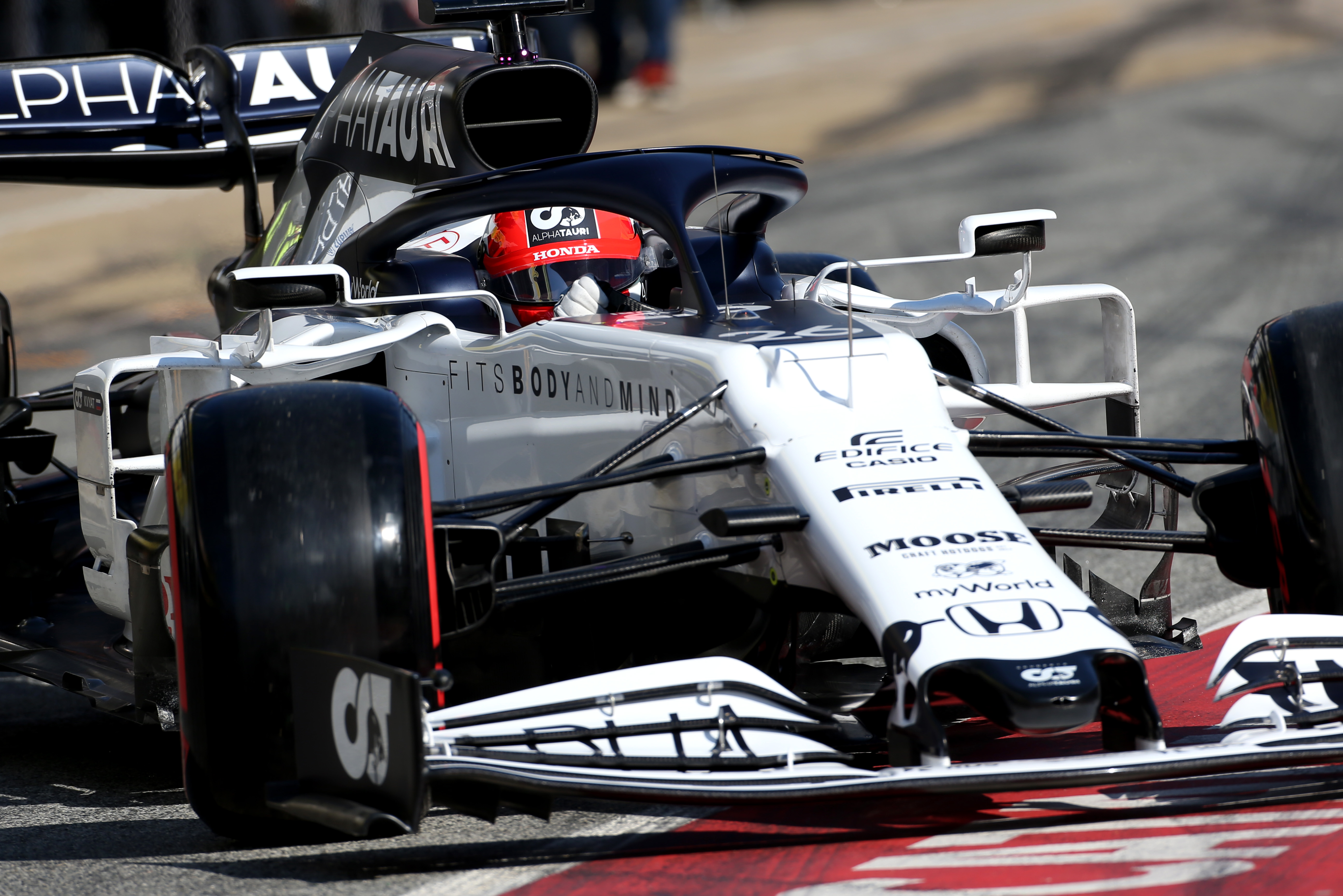Up Next

Edd Straw, Scott Mitchell and Mark Hughes report back on each Formula 1 team at the end of the first week of pre-season testing at Barcelona.
MERCEDES
Mercedes was the undoubted ‘winner’ of the first pre-season test. While that’s worth very little in itself, the fact it set the fastest time by over a second, was quickest on the long runs, completed more laps than anyone else and got tongues wagging by trialling its dual-axis steering system does emphatically underline the fact that F1’s pre-eminent team hasn’t dropped the ball. Save for an electrical problem curtailing Bottas’s afternoon on day two, there were no obvious significant problems.
Valtteri Bottas reported that the car has made gains in key areas compared to last year, in particular with a boost in rear stability. Perhaps this could help improve the biggest relative weakness of last year’s car – qualifying pace.
That said, the power unit development battle could also help. Not only has Mercedes AMG HPP continued to chip away with improvements in the seventh year of the 1.6-litre V6 turbo hybrid engines, but the introduction of a second – blind for the teams – fuel-flow sensor is also regarded as a welcome addition.
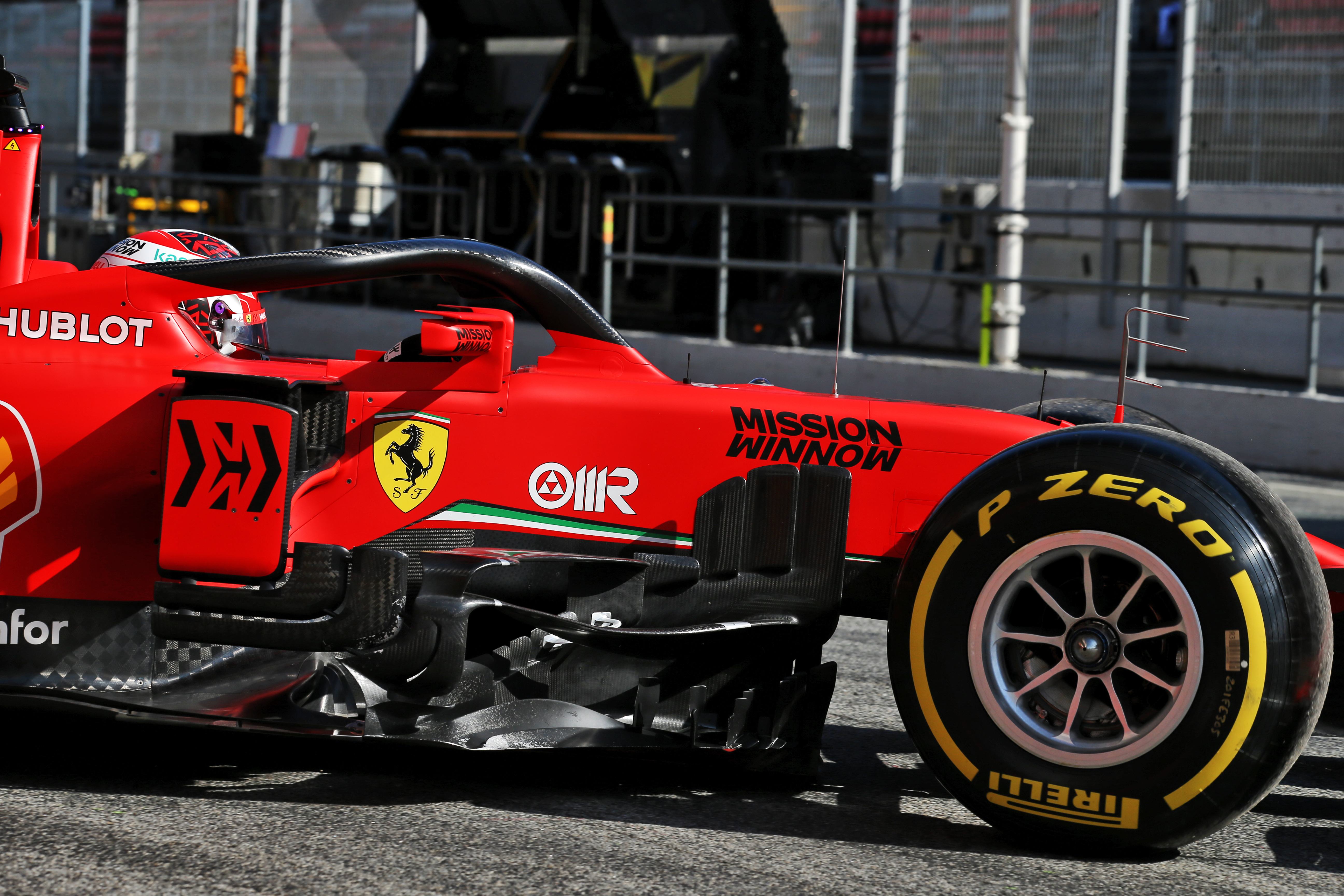
FERRARI
From Sebastian Vettel aborting his first day of testing because of the flu to Sebastian Vettel aborting his broken-down car two days later, the first week at Barcelona was not a smooth one for Ferrari.
Things are not as dramatically bad as they look but the overriding feeling was that the Ferrari camp’s not entirely satisfied with its work so far. It is being more methodical with its programme, and not prioritising outright performance work like it did a year ago, after going so quickly in pre-season testing of 2019 backfired so spectacularly in Australia and beyond.
Ferrari does not want to look quick right now. But it might like to be a bit quicker than it is.
Ferrari has tried to add significant downforce to its car for 2020 and says that has been achieved in the wind tunnel. The early feedback from its drivers suggests there is a positive difference here. It also wanted to widen the car’s performance window and spent the first three days of testing trying various set-up extremes to test this. That, apparently, got another tick.
Ferrari is clearly capable of lapping faster than 13th, 2.6seconds off the pace, with much stronger long-run pace in evidence, and is yet to use the softest compound tyres. It is also only one of three teams yet to lap sub-1m18s.
Fuel loads and engine modes are almost certainly clouding the picture we can see but the team insists it was more optimistic at this stage one year ago. There is still time to improve, and that is what Ferrari needs to do.
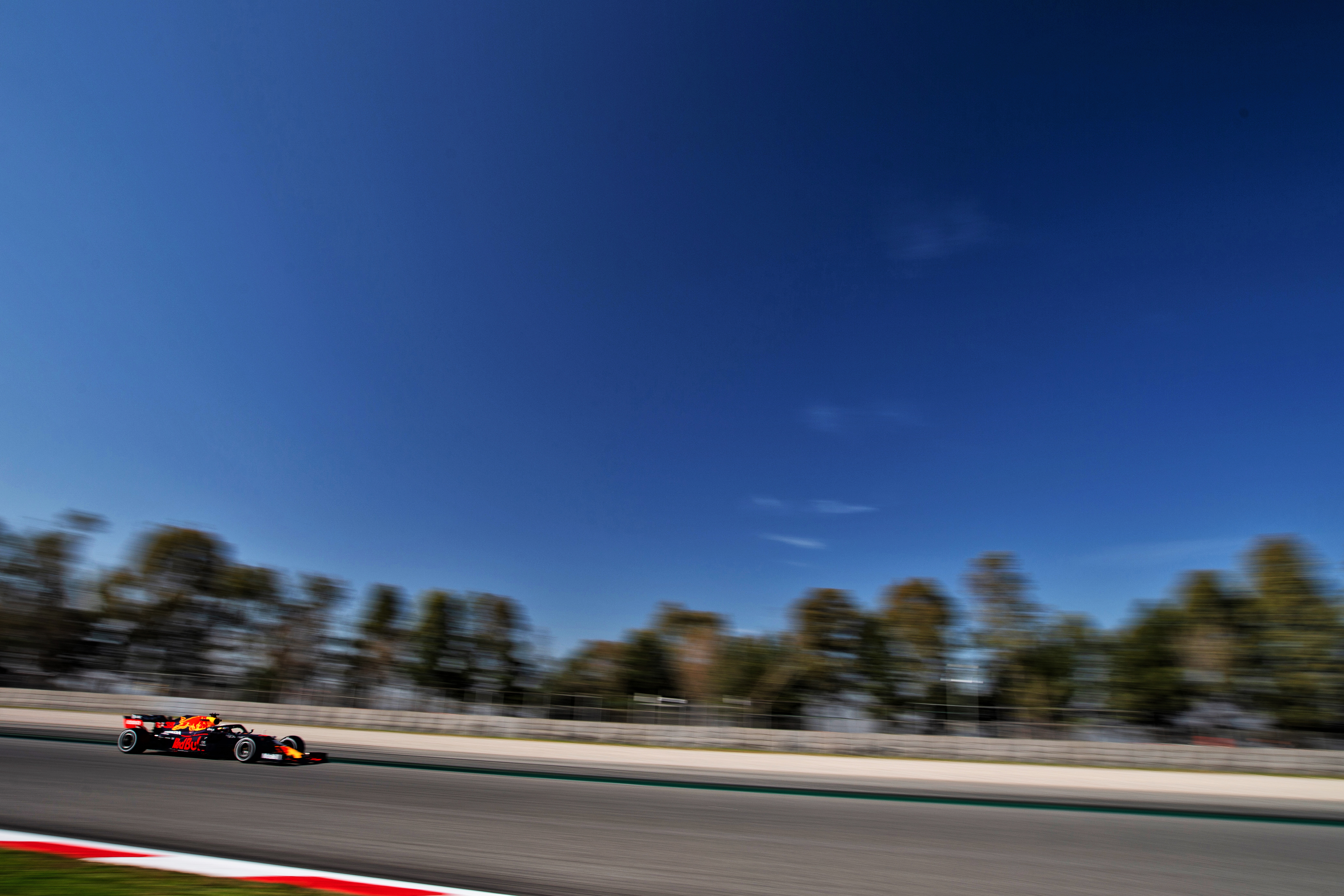
RED BULL
The Red Bull certainly impressed all who saw it with its poise on the circuit, and the feeling within the team is positive. But it has yet to show the kind of pace Mercedes has on short or long runs so it’s still difficult to be sure where it might shake out in the order. Right now, the numbers suggest it’s more thereabouts than there, but with more to come at the second test the car’s performance there will be monitored with great interest given the potential of the team.
But the drivers believe the car is a little easier to work with than the 2019 car, suggesting that there is more to come relative to Mercedes. Whether it’s enough to challenge is the big question, but the feeling is it’s a car that could prove to be more of an all-rounder having sometimes struggled to match Mercedes in quicker corners for sheer aero load.
“I’d definitely say it’s more usable,” said Alex Albon. “It feels nicer to drive, it really does. There are always areas last year where we felt the car was a little bit weak in some places. Max and I have similar feedback comments so it was clear the direction we wanted to go in and the car definitely feels better. So we’ve made a step forward.”
How much of a step forward won’t be clear until at least next week.
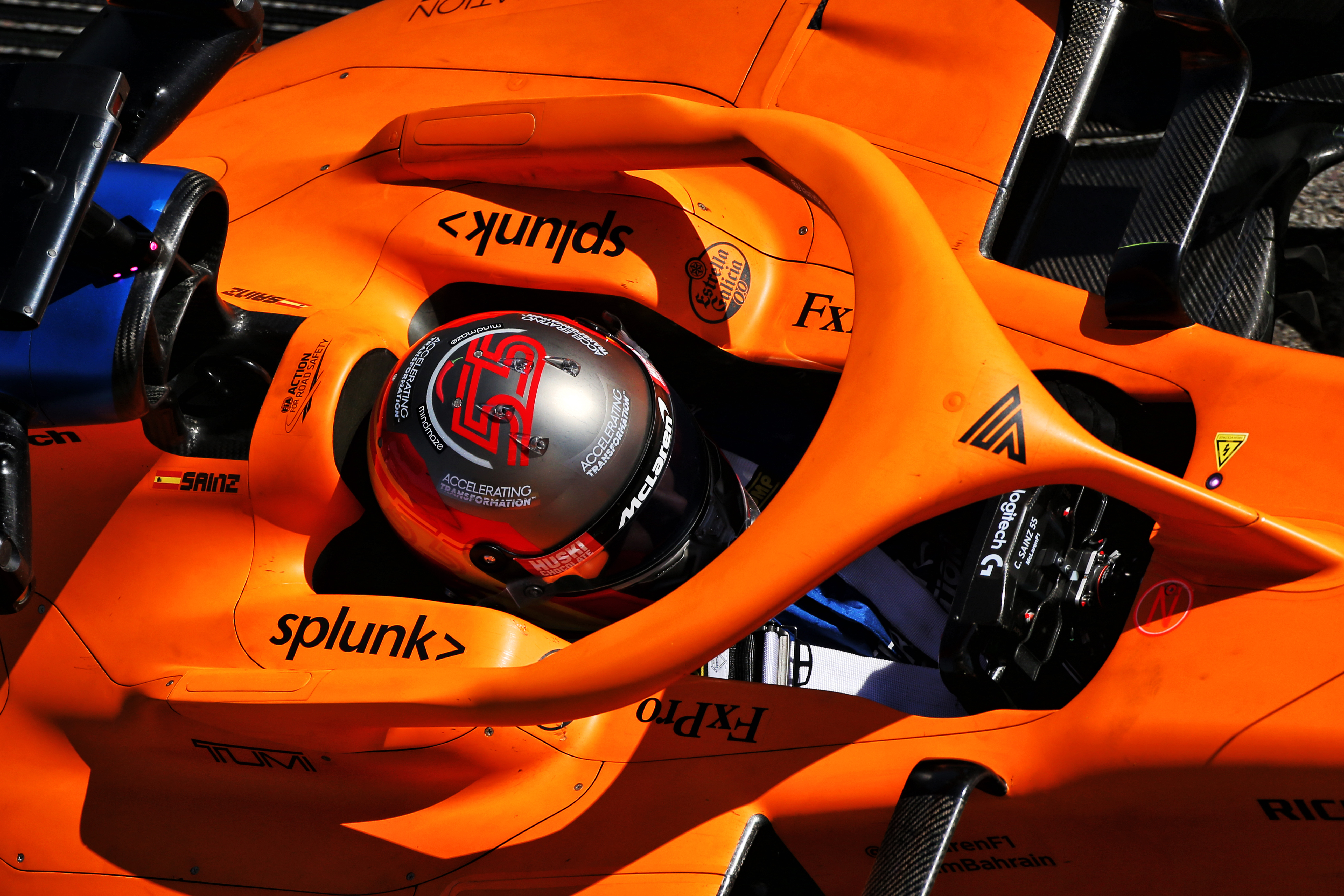
McLAREN
McLaren started the test with what Carlos Sainz Jr called a “very basic car”, although did phase in some new parts as the test progressed, culminating in trialling a new front wing on the final morning. But the unobtrusive position on the overall timesheets belies a team that’s revelling in the smoothest start to pre-season testing for a long time.
With an upgrade package also slated for the season-opening Australian Grand Prix, McLaren appears to have built a solid foundation in this test.
“I’m really, really happy with how it went,” said team principal Andreas Seidl. “First of all if you look at the number of laps and reliability we have shown it’s by far the best start for many, many years. In terms of programme and test points I’m also very happy we could tick a lot of boxes already on our job list.
“Without having reliability topics we could go through the run plan every day. We focus on ourselves, we don’t focus on lap times and we continuously bring new parts to the car as well with late deliveries from the factory. It’s great to see this momentum we are having. So far the car is doing what we expect from it so it’s great to see this correlation.”
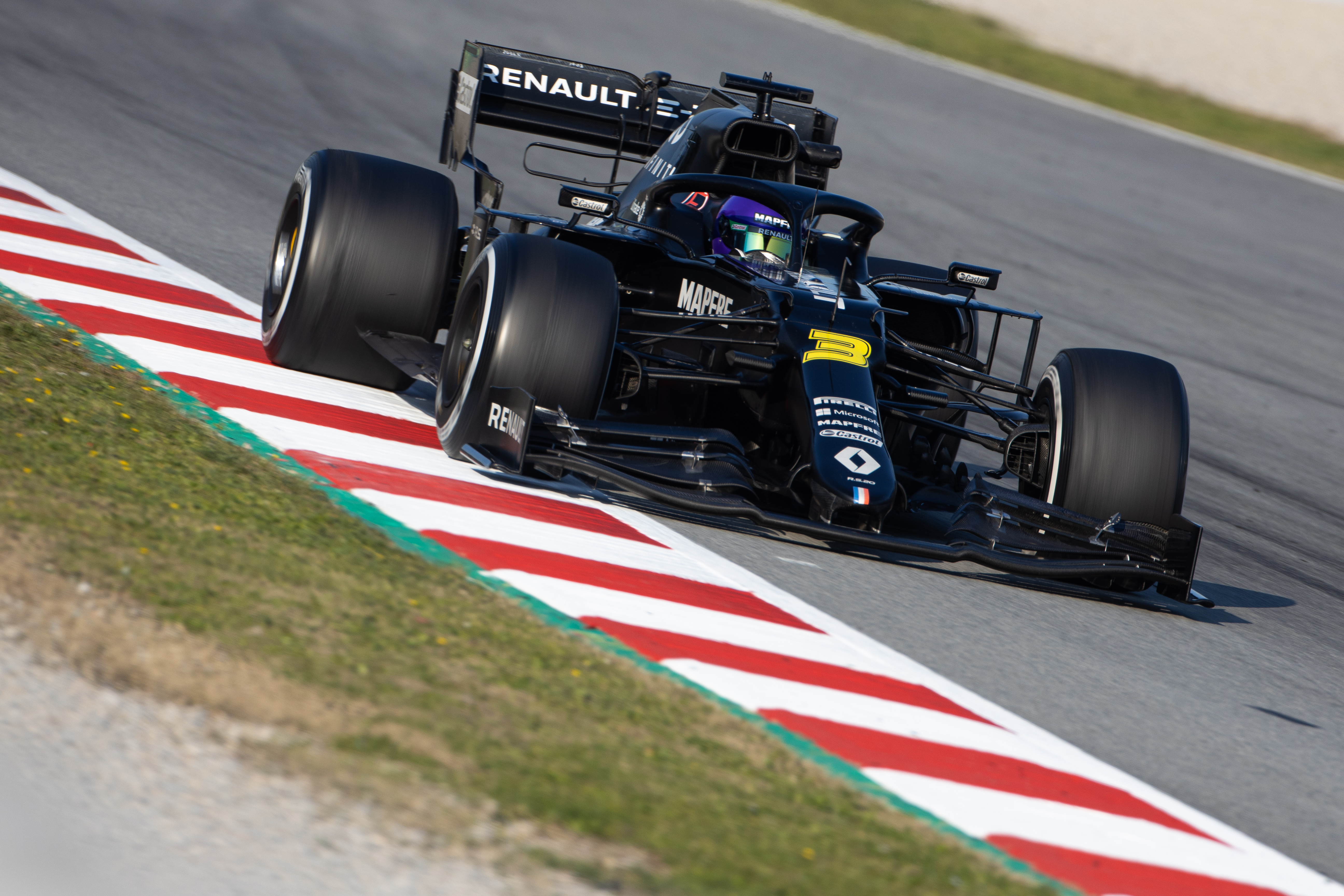
RENAULT
The Renault was arguably the most attention-grabbing car with its narrow, rounded nose shape as part of a comprehensive overhaul of the front-end concept. That was the right area to work on given it was the fundamental limitation of the 2019 car and this meant the team struggled to find performance improvements as the season progressed.
The headline time – third fastest of all the teams – was positive but the pre-season vibe about Renault is all about managing expectations. The car has certainly improved, as has everyone, but much will depend on whether there’s a big enough step in the overall downforce generated – and its consistency, which will only start to become apparent next week.
A solid start with nothing too much to worry about, or get too excited about so far.
ALPHATAURI
Given the AlphaTauri features so many 2019 Red Bull parts, it’s to be expected that it should run reliably and the car appeared to work within expectations from the start of running. The team ran through its programme unobtrusively in the midfield, setting the fifth-fastest time to put it bang in the right place to achieve its constructors’ championship target – were the peak times to mean anything, of course.
Despite claims to the contrary, the 2020 AlphaTauri is not simply a ’19 Red Bull. There are clear divergences in aero and front suspension approach but the common components inevitably mean there are also areas where the concepts converge. Having improved last year in the way it deploys upgrades, understanding the more gradually-phased-in components well and become a more consistent – if still occasionally erratic – force in the midfield there was nothing from the first test to suggest it can’t build on that.
It appears to be thereabouts in the midfield, but beyond that, it’s difficult to judge.
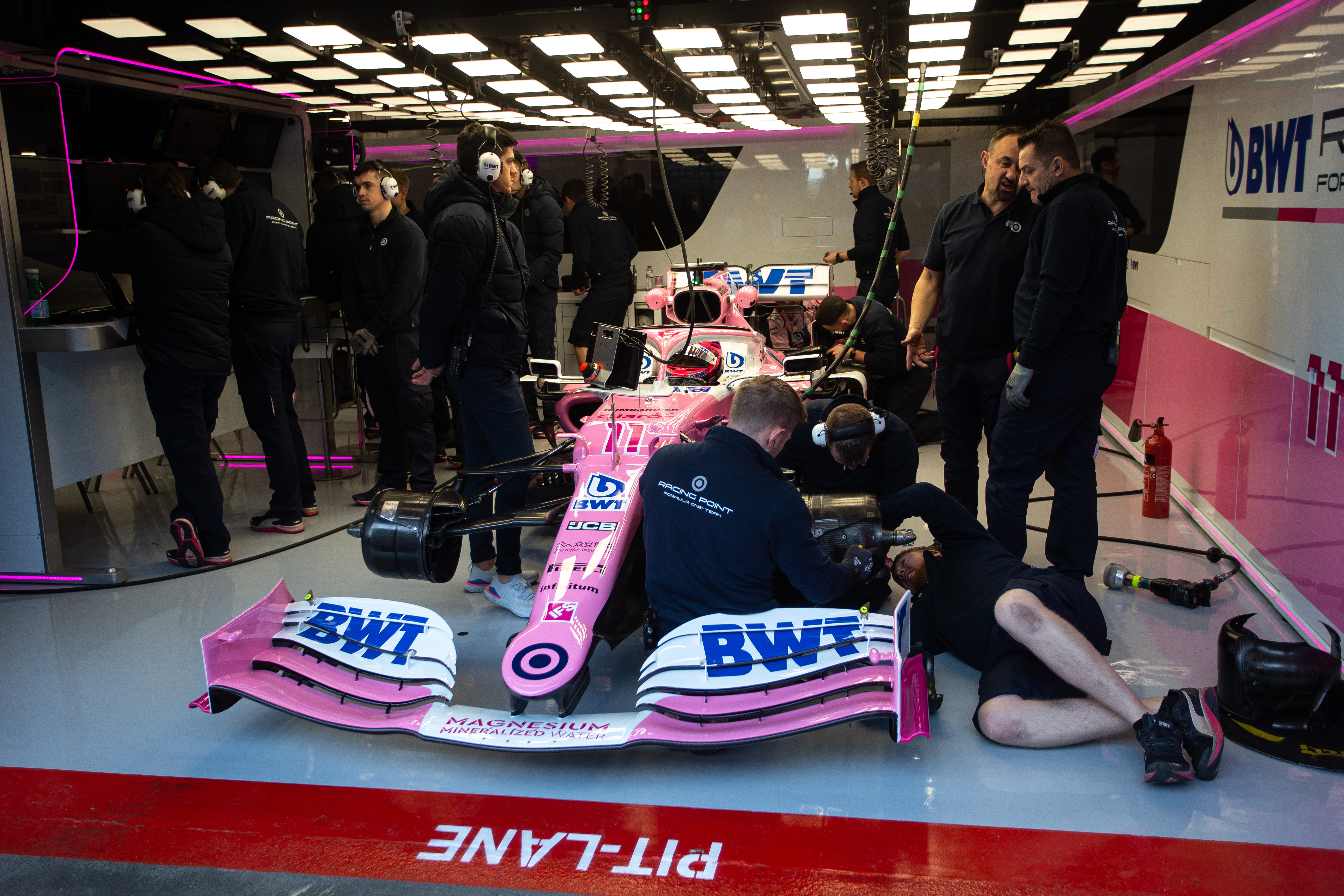
RACING POINT
The ‘Pink Mercedes’, as it was dubbed, was a bit talking point when the Racing Point RP20 finally broke cover on the first morning of the test. The resemblance to the 2019 Mercedes was unmistakable, although those who claim it is identical are stretching the point as there are differences.
But what the team hopes it will allow it to do, despite the inherent risk of switching to what is a very different concept to last year’s car in particular thanks to having to drop the high-rake approach. But if it works, the Racing Point could start very strongly, something the lap times during testing hinted could be very possible, score heavily early on and continue to be competitive without having to invest too heavily in ongoing 2020 development. With the ’21 car in the works, to achieve that while taking fourth in the championship would be a triumph for the Silverstone-based team.
The fact it had a strong first test, particularly having struggled for mileage at the same time last year, means Racing Point’s first ‘real’ year having recovered from the financial troubles of 2018 could be very successful.
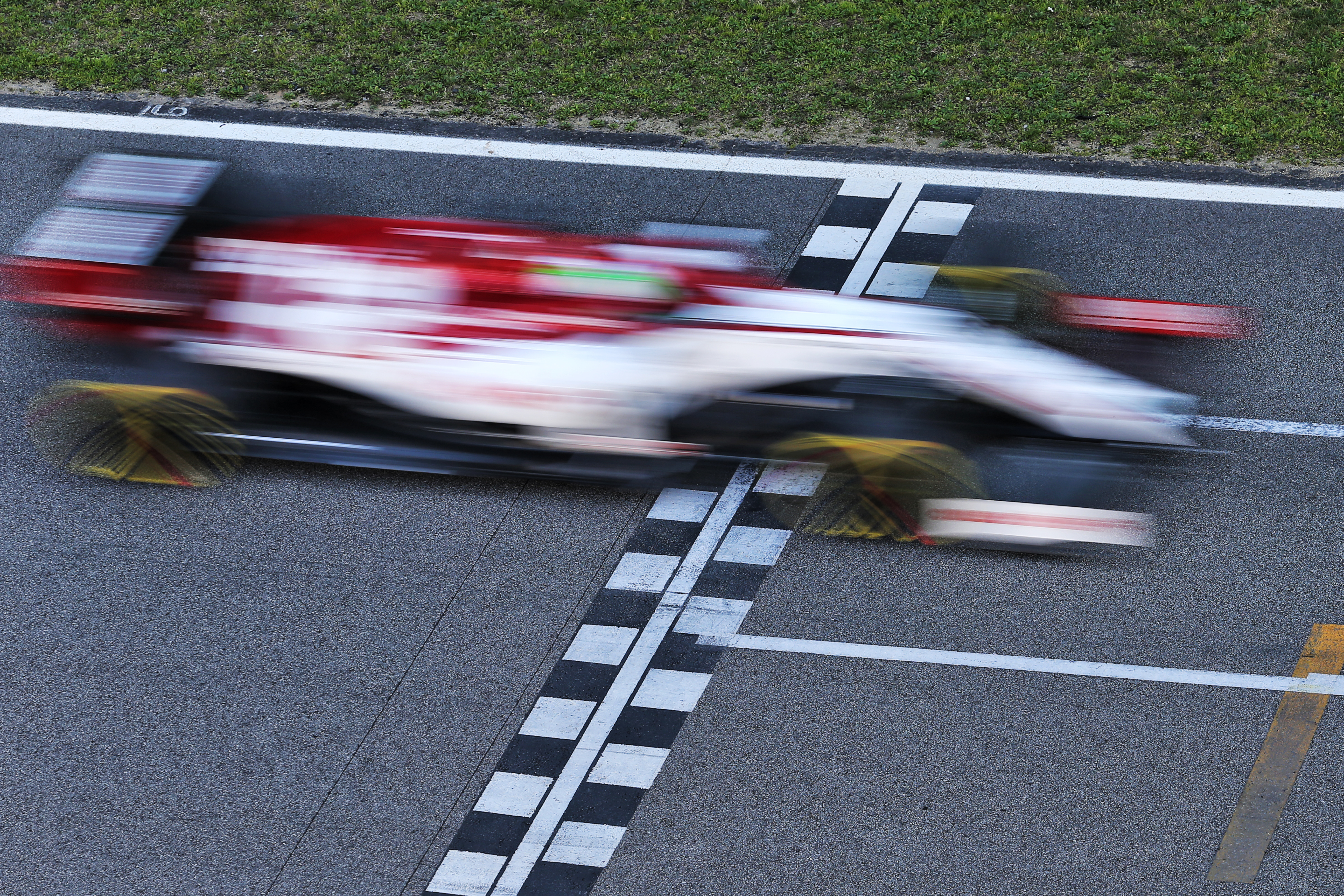
ALFA ROMEO
The Sauber-run Alfa Romeo team set the fastest time of any of the midfield runners – slower only than Mercedes – courtesy of Kimi Raikkonen’s day-two pace. That was a representative time and given the very different approaches taken by others, it would be a mistake to get too carried away for a team that still looks to have a little way to go to be a consistent threat at the front of the midfield.
If we have probably seen something approximating what the Alfa Romeo can do already, then it will need to take a step by Melbourne with a car that it hasn’t yet got on top of getting the best out of even by pre-season testing standards.
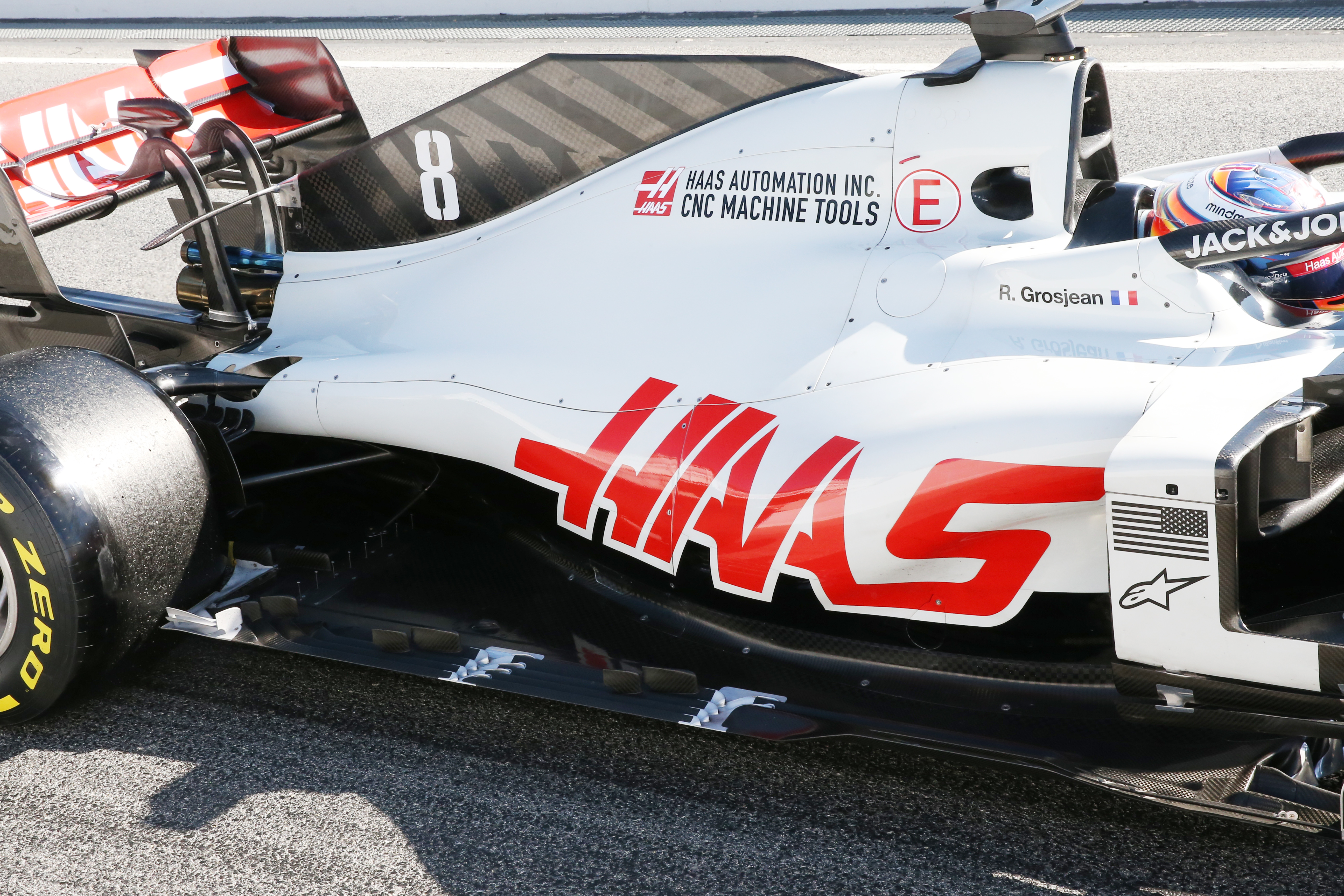
HAAS
The Haas was slowest, racked up the least mileage and only really caught the attention when Kevin Magnussen spun into the wall on the final day. This was thanks to a puncture caused by wheel rim damage, itself the consequence of a broken spacer.
The relatively low mileage is a negative, but the lack of pace is less of a concern given the priorities for Haas in this test. Last year’s terrible season was the consequence of an aerodynamic problem that didn’t show up in the cooler conditions of Barcelona pre-season and Melbourne, so Haas has focused rigorously on interrogating its aerodynamic performance. According to chief designer Rob Taylor, “we’re doing a lot more homework than we would normally have done” aerodynamically to ensure the understanding and correlation is there to be sure it has solved its problem.
This is all well and good and to work through that in the first test is exactly the correct priority. But Haas will have to start to show some pace next week if it’s to confirm it can be back in the thick of the midfield fight at the front as it was in 2018.

WILLIAMS
No team has made a bigger improvement compared to this time last year than Williams, but given it missed the start of testing last year and produced the worst car the team has built-in its history that’s not a surprise. But right from the first moment George Russell first took the car out on Wednesday it was clear that the new FW43 is a very different beast to its predecessor in terms of on-track behaviour.
The question is how much. Russell was confident that Williams can at least go racing last year having spent last season mostly driving around off the back of the midfield, while head of vehicle performance Dave Robson was cautiously optimistic.
“It’s quite a lot better,” he said of the car. “But the whole sport is a race so while we might be better than in December, it doesn’t mean that much if everyone else has moved on. But the drivers are happy. Conditions are very favourable, which probably make the comparison a bit harder, but the car is promising.”
There’s nothing to say that promises stretches to beyond being at the back of the midfield back, but at least it’s not miles off it as it was last year.



